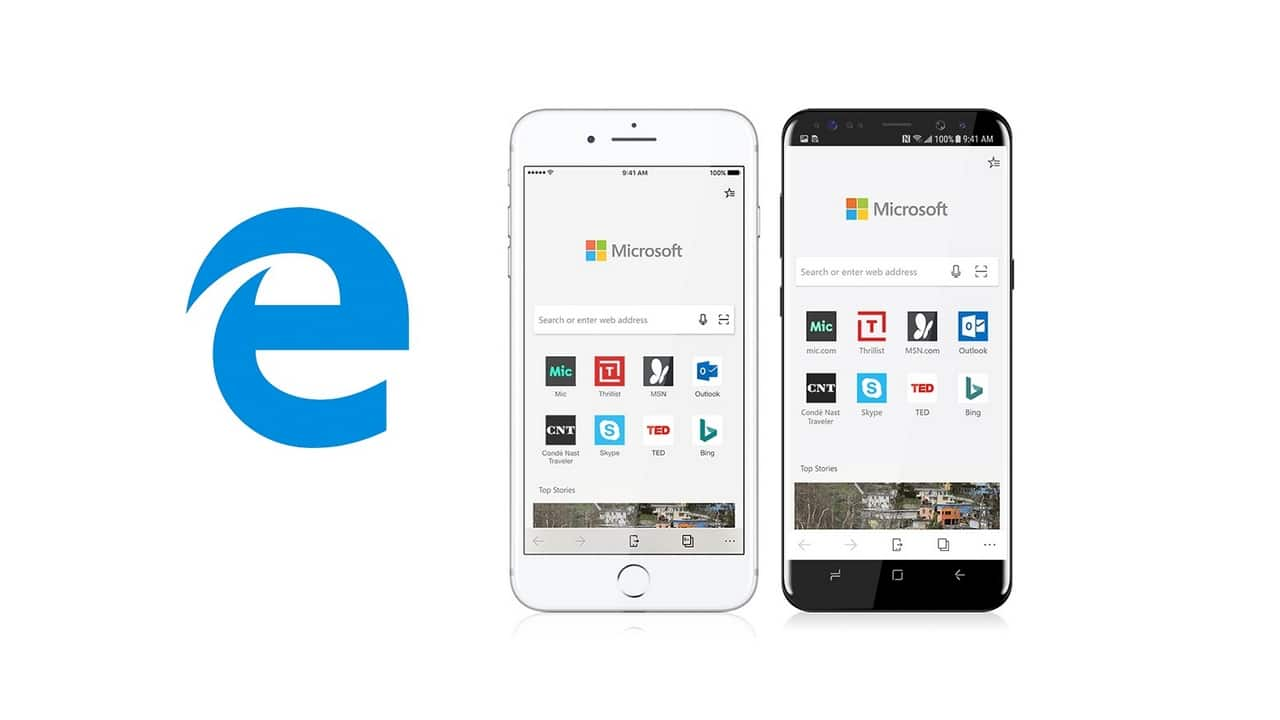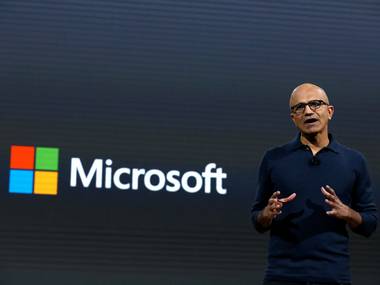As
**Google IO** gradually attracts more consumer audiences, Microsoft seems to be sticking to developers with its Build conferences. [caption id=“attachment_4458851” align=“alignleft” width=“380”] Microsoft CEO Satya Narayana Nadella speaks at a live Microsoft event. Reuters[/caption] In fact, last year’s Build conference was strictly for developers with CEO, Satya Nadella jumping right into Azure from the beginning of his keynote. Build 2017 then went on to explore how the cloud can be used to check machine maintenance, how artificial intelligence (AI) can be used for safety at the workplace and finally jumped to Cortana and a bunch of new smart speakers before getting back to Azure. By focusing on developers right from the beginning Microsoft set off a trend and it appears that it plans to stick to it this year as well. This year, expect Nadella to start off the keynote giving audiences an idea about where they have seen success and which are the products that Microsoft will focus on in the current year. Artificial Intelligence [caption id=“attachment_4161995” align=“alignnone” width=“1280”]
Cortana on the Harman Kardon smart speaker was announced at Build 2017.[/caption] Similar to last year, we expect AI to be given plenty of importance on stage. Expect Microsoft to showcase its developments in AI and machine learning not just with consumer apps and service, but with industry and enterprise as well. As with every new Windows 10 update, expect a few improvements or upcoming features coming to Cortana, Microsoft’s virtual assistant. Better integration with third-party ecosystems While this is less of a consumer-centric event, expect Microsoft to brag about how it mastered the art of developing some great apps with deep integration for other operating systems like iOS and Android. [caption id=“attachment_4114247” align=“alignnone” width=“1280”]
 Image credit: Microsoft[/caption] With Windows 10 Mobile no longer a thing, Microsoft’s focus on mobile is now more to do with pushing its services (office, cloud and more) on other operating systems and selling them to those customers. This works both ways in the sense that it brings Microsoft more customers, while allowing those glued to the Windows ecosystem to have a seamless experience for its products on other operating systems as well. Microsoft’s Edge browser is a good example of this seamless integration across platforms. Windows 10 Indeed, we don’t expect Microsoft to spend too much time here, but since the software giant has committed to pushing out updates every six months, there may be a few new features that it may want to inform developers about. Key among these would be Sets, which lets users tab multiple apps into one Window in the same way a browser like Chrome or Edge supports tabs for multiple pages.
Image credit: Microsoft[/caption] With Windows 10 Mobile no longer a thing, Microsoft’s focus on mobile is now more to do with pushing its services (office, cloud and more) on other operating systems and selling them to those customers. This works both ways in the sense that it brings Microsoft more customers, while allowing those glued to the Windows ecosystem to have a seamless experience for its products on other operating systems as well. Microsoft’s Edge browser is a good example of this seamless integration across platforms. Windows 10 Indeed, we don’t expect Microsoft to spend too much time here, but since the software giant has committed to pushing out updates every six months, there may be a few new features that it may want to inform developers about. Key among these would be Sets, which lets users tab multiple apps into one Window in the same way a browser like Chrome or Edge supports tabs for multiple pages.
AR and VR Microsoft only recently launched **Windows Mixed Reality** at the end of 2017 and then we almost never heard from them about it. While we did see a few launches from PC manufacturers like **Asus** , **Dell** , **Acer** , Samsung and HP, we have yet to hear about any developments on this front. While Mixed reality sounds interesting as a concept, the developments have been far and few. Cloud While every single presentation at the Build 2017 conference was in some way related to crowd, it’s clear that Azure is doing well and is here to stay. Expect Microsoft to showcase new technologies, which just like AI are not only to do with developers and apps, but those that cater to industrial setups as well. Don’t forget to tune in to our live blog and stay updated about all the happenings on day one of the Microsoft Build 2018 conference. Build 2018: How and where to watch Microsoft’s annual developer conference


)
)
)
)
)
)
)
)
)



